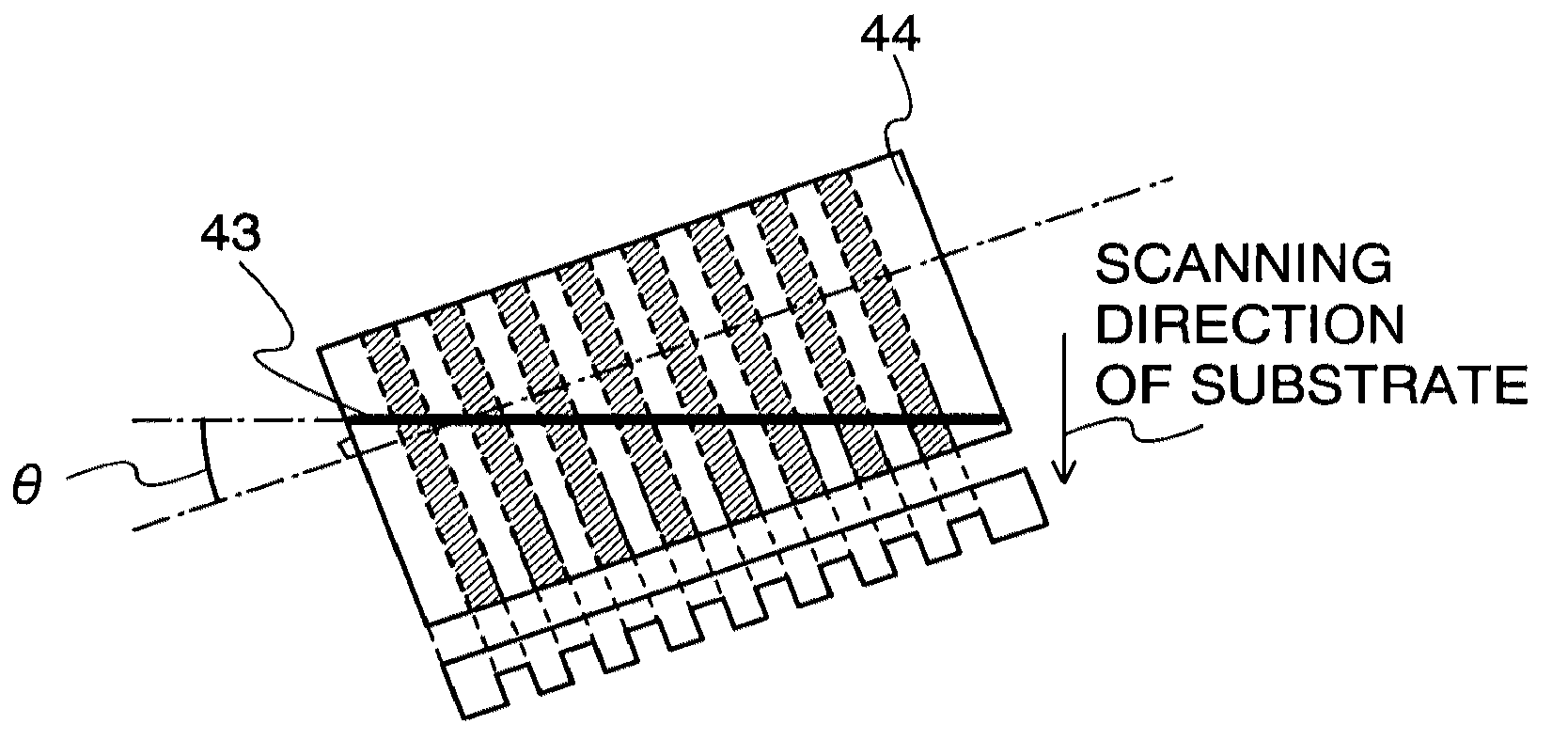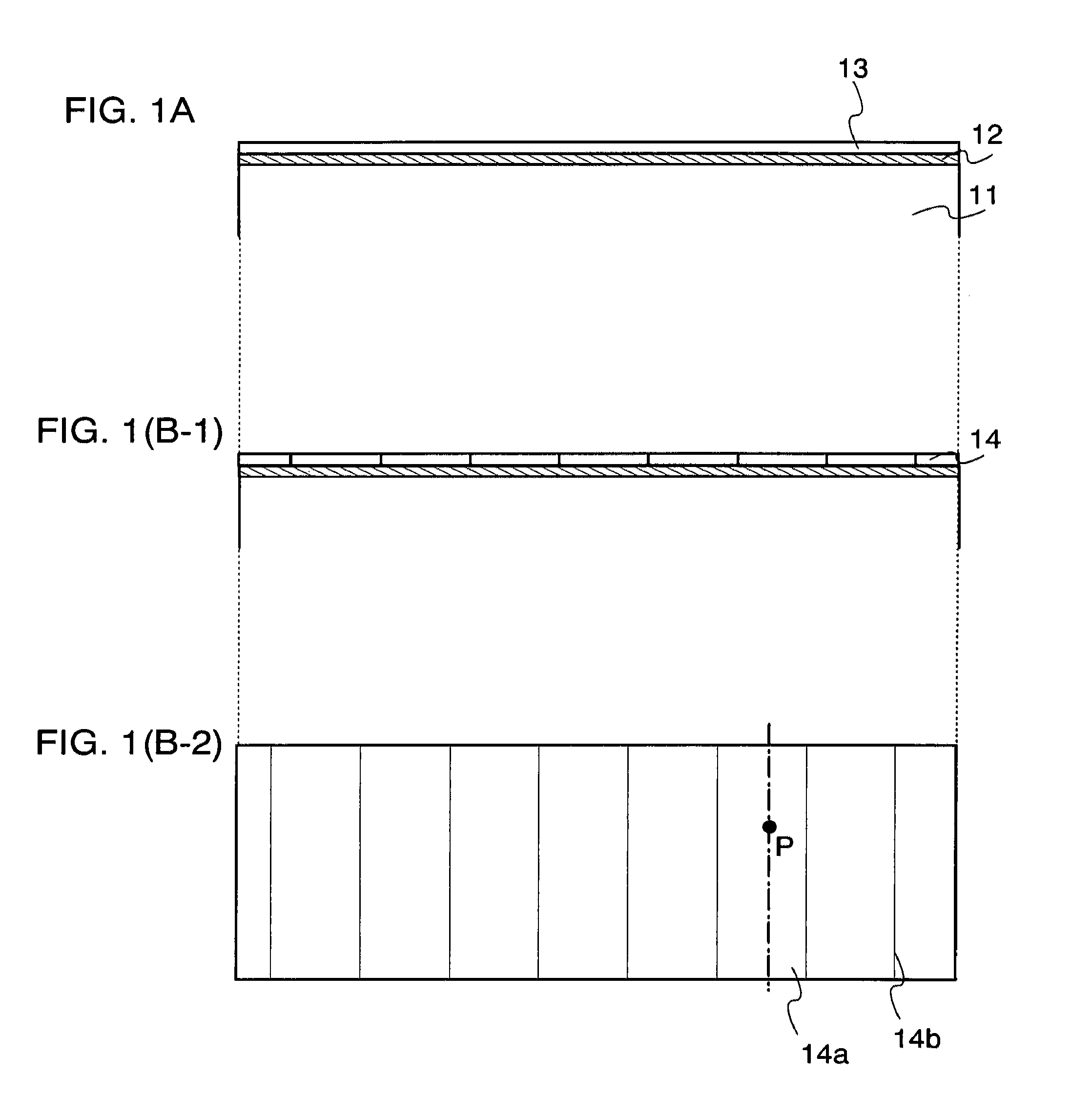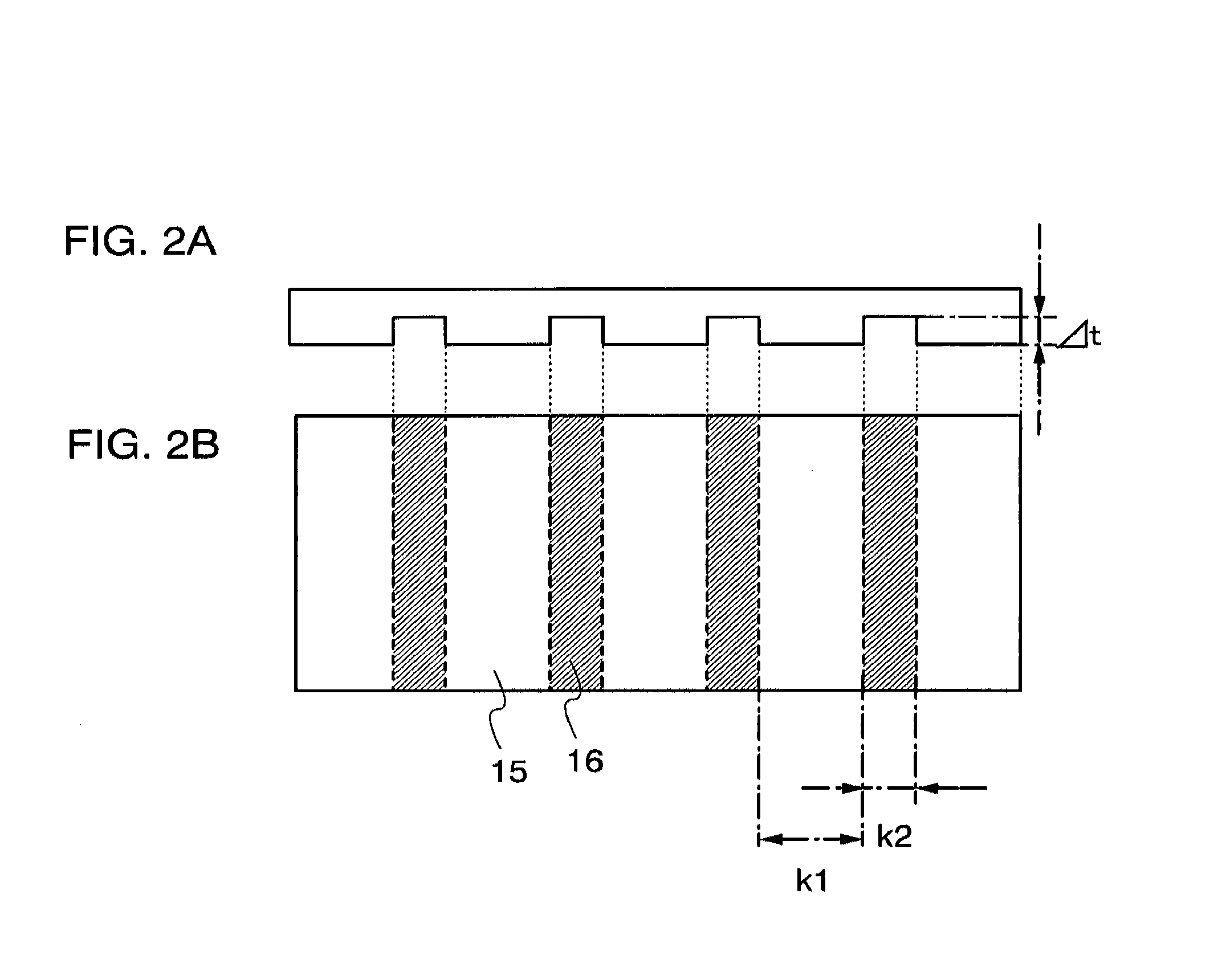Thin film transistor, manufacturing method thereof, and semiconductor device
a thin film transistor and manufacturing method technology, applied in the field of thin film transistors, can solve the problems of dramatic improvement in the electron field-effect mobility of semiconductor films, and the attention of continuous oscillation lasers, so as to achieve the effects of improving the mobility of carriers in the semiconductor layer of a tft, reducing the boundary of crystal grains, and improving the mobility of polycrystalline semiconductor layers
- Summary
- Abstract
- Description
- Claims
- Application Information
AI Technical Summary
Benefits of technology
Problems solved by technology
Method used
Image
Examples
embodiment mode 1
[0085]In this embodiment mode, a forming process of a semiconductor layer included in a semiconductor device to which the present invention is applied is described with reference to FIGS. 1 to 6. FIG. 1 shows a process up to forming a polycrystalline semiconductor film over a substrate, which is described in this embodiment mode.
[0086]For a substrate, a glass substrate 11 is used as an insulating substrate. A material of the glass substrate 11 is not particularly limited, and quartz glass, alkali-free glass such as borosilicate glass, or alumino silicate glass may be used, provided that it has heat resistance, chemical resistance, and the like necessary in a step of forming a thin film thereafter. Note that not only a glass substrate is used, and a material of the substrate is not particularly limited provided that a substrate surface has an insulating property and has the necessary heat resistance. That is, a plastic substrate having enough heat resistance that can withstand a temp...
embodiment mode 2
[0150]In this embodiment mode, an example of a manufacturing process of a TFT in a liquid crystal display device to which the present invention is applied is described with reference to FIGS. 7A to 10B. FIGS. 7A to 10B show TFTs (pixel TFTs) included in a pixel portion of a liquid crystal display device. In FIGS. 7A, 8A, 9A, and 10A, top views are shown, and FIGS. 7B, 8B, 9B, and 10B show cross-sectional diagrams along a line connecting X1 to X3 in FIGS. 7A, 8A, 9A, and 10A, respectively.
[0151]In this embodiment mode, a glass substrate 70 is used as a substrate. A base layer 71 is formed over the glass substrate 70. An amorphous silicon film is formed over the base layer 71. The base layer 71 may be formed of a silicon oxide based material or a silicon nitride based material. Alternatively, the base layer 71 may have a structure in which films made of such materials are stacked. Favorably, the base layer 71 may have a stacked layer structure of two layers in which a silicon oxide fi...
embodiment mode 3
[0183]In this embodiment mode, a light-emitting element in Embodiment Mode 2 is described.
[0184]Next, an EL display device manufactured by applying the present invention is described with reference to FIGS. 12A to 12C. When an N-type transistor is used as a transistor that drives a light-emitting element, light emitted from the light-emitting element is emitted by any manner of bottom emission (see FIG. 12A), top emission (see FIG. 12B), or dual emission (FIG. 12C). By using a TFT 451, a TFT 461, and a TFT 471, an electric field to light-emitting layers connected to the TFTs are controlled. A light-emitting layer 452, a light-emitting layer 462, and a light-emitting layer 472 are electric field light-emitting layers, and an EL may be sued. Light-emitting elements using EL are categorized by whether a light-emitting material is an organic compound or an inorganic compound, and in general, the former is called an organic EL element and the latter is called an inorganic EL element. Her...
PUM
| Property | Measurement | Unit |
|---|---|---|
| temperature | aaaaa | aaaaa |
| temperature | aaaaa | aaaaa |
| length | aaaaa | aaaaa |
Abstract
Description
Claims
Application Information
 Login to View More
Login to View More - R&D
- Intellectual Property
- Life Sciences
- Materials
- Tech Scout
- Unparalleled Data Quality
- Higher Quality Content
- 60% Fewer Hallucinations
Browse by: Latest US Patents, China's latest patents, Technical Efficacy Thesaurus, Application Domain, Technology Topic, Popular Technical Reports.
© 2025 PatSnap. All rights reserved.Legal|Privacy policy|Modern Slavery Act Transparency Statement|Sitemap|About US| Contact US: help@patsnap.com



